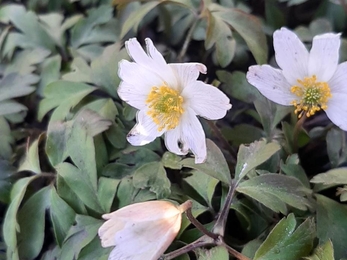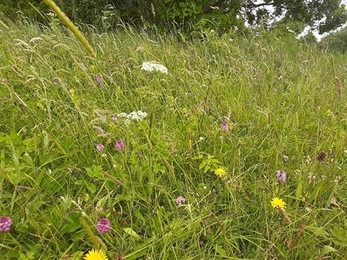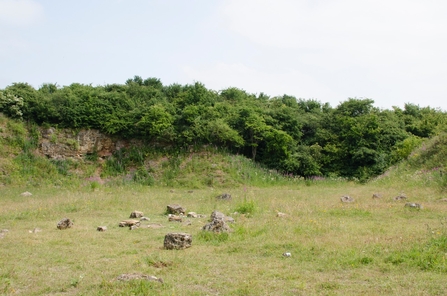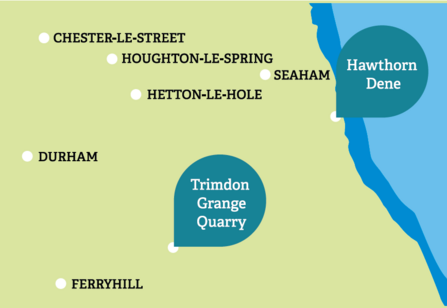Hawthorn Dene Nature Reserve
We all enjoy celebrating birthdays, so we thought we should recognise the 60th anniversary of Hawthorn Dene becoming a Durham Wildlife Trust nature reserve.
Although we are celebrating a 60-year association with Durham Wildlife Trust, Hawthorn Dene has, of course, been around for much longer than that. In Hawthorn Dene’s life, 60 years is very much recent history – what makes the site so fascinating happened millions of years ago. Hawthorn Dene is sited on an outcrop of the Durham Magnesian Limestone Plateau, which was formed 270 million years ago. At that time, the Zechstein Sea flooded the area, depositing minerals rich in magnesium and calcium, above layers of organic material that formed the coal that became the basis of County Durham’s mining heritage. Although the Hawthorn Burn trickles through the site, this could not have formed the Dene. Glacial meltwater carved out the Dene, enlarging a fault in the relatively soft limestone, eroding the rock, and thus forming the steep sides that are characteristic of the denes along the Durham coast. The underlying geology and steep sides have shaped the woodland habitat we see today, providing protection from the harsh winds and mining activity. The result is that, today, Hawthorn Dene is one of the most extensive, diverse and least disturbed areas of woodland on the Durham Magnesian Limestone Plateau.
Hawthorn Dene is classed as an ancient woodland, which means that it has existed continuously as a woodland since at least 1600AD. Th is is evidenced by the presence of certain species, like wood anemone, which primarily spread via rhizomes (a creeping underground stem). These plants spread slowly, in the case of wood anemone at a rate of approximately six feet every 100 years. So next time you are out in Hawthorn Dene and you see a carpet of these flowers, stop to have a think about how long they took to grow.
Originally purchased from the Pemberton family in 1965, the acquisition of the site pre-dates the establishment of what we know today as Durham Wildlife Trust, which was formed in 1971. Before that time, there was a joint Durham and Northumberland Wildlife Trust stretching from the River Tees to the Scottish border. Within the site, many historical landmarks can still be seen – although virtually no sign remains of Hawthorn Towers, the former Pemberton Family home – which fell into disrepair before finally being demolished in 1969. Two lime kilns can be seen in the northern plantation, which were likely used to make quicklime to fertilise agricultural fields. There are even the remains of a private railway station that once served Hawthorn Towers when it was still in use, in the early 20th Century.





